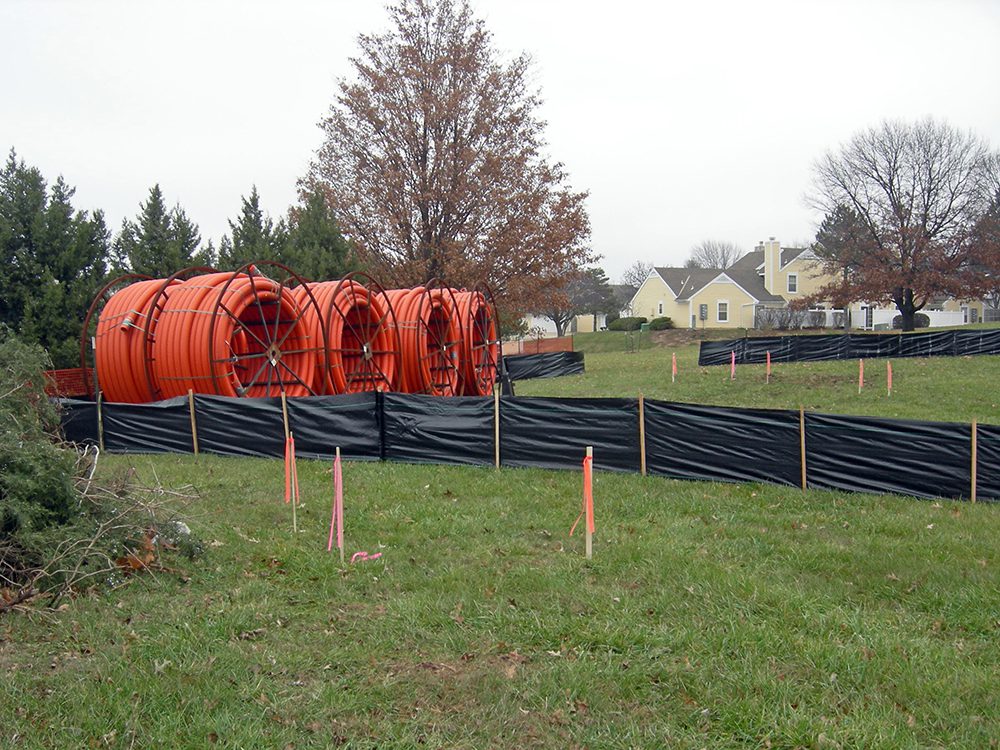Fiber Design Permitting Challenges & Solutions

Cities nationwide have seen exponential growth of fiber design projects within the past decade. In order to keep up with the demand and build out fiber design networks, utility companies often run into challenges within different requirements for permitting and hit roadblocks that stall the swiftness of project construction. Many of these challenges could be solved with solutions that would improve project coordination for both entities and utility design coordinators.
Entity Requirement Variation
Municipalities can require drastically different permit structures, even those that lie adjacent to each other. The number of permits needed for fiber design projects is one of the main challenges. Projects such as Fiber-to-the-Home (FTTH) that expand hundreds of miles in one concentrated area could be simplified if the regulations were more standardized.
Another challenge with different requirements with entities is knowing where to permit and whom to address. After initial analysis of permitting requirements, it may be uncovered that there are other landowners involved who need to be included in the permitting process. Until each party approves, the project remains stalled which elongates the project’s timeline. This lack of consistency increases the uncertainty of permitting requirements as sometimes the requirements vary depending on the point of contact within a specific entity.
Right-of-Way Challenges
Right-of-way concerns are a challenge for permitting. There is a lot of difficulty in some locations finding out the actual right-of-way. Numerous scenarios can arise when configuring right-of-way that stall fiber design projects. In some cases, the state controls the right-of-way, but does not own it, so there is no clear right-of-way. Easements help to resolve these issues, but without concise right-of-way guidelines for each municipality, utility coordinators can be left blindsided when working within new boundaries.
With larger cities storing more utilities underground, right-of-way congestion becomes an issue. Cities where this issue is prevalent might struggle with right-of-way management, which then falls on the utility companies to implement more information into plans. When the cities offset the utility location work, it can be challenging for the utility company and take longer to complete the project.
Technology Gaps
While most entities have switched to a paperless process or started to transition to this method, some have chosen to continue conducting their permitting process through traditional means. One downside to this method is the lack of accurate data to locate existing canals, irrigation lines, and other important factors using paper maps. Digitally maintained maps can avoid an incredibly long and tenuous data collection process.
The application process through digital means speeds up the approval process, but not all entities have shifted to electronic submittal. When fiber design projects require multiple permits, it can become tedious sending over paper copies containing thousands of sheets. Submitting electronically decreases the risk of lost documents and are often easier to store.
Overcoming the Most Prevalent Challenge: Entity Regulations
The common issue that arises with permitting is the lack of consistency throughout the process. More consistent guidelines and utility coordination could drastically change the efficacy of fiber design projects. Since BHC’s involvement with the Google Fiber launch in Kansas City, Missouri and Austin, Texas, we are starting to realize the importance of database storage for utility coordination. With better access to databases comes greater liability risks which may be the reason why cities aren’t currently publishing databases publicly. Making this data available to utility contractors minimizes the amount of repeat work and utility coordination mishaps.
Statewide mandates listing requirements of right-of-way and traffic control measures is one solution that could resolve multiple issues surrounding permitting challenges. Creating a standardized performance checklist would require time and money, but when examining the benefits of these solutions, they prospectively outweigh the current methods and overall cost of labor.
Creating a Digital Workflow
As database compilation and utility coordination are efficient ways to combat some of these issues, using Geographic Information System (GIS) data and software internally to prepare for different permitting situations that arise can be helpful. At BHC, our utilities segment has been working to establish utility coordination so that digital records are easily accessible and georeferenced for internal use. With this process, data can be filtered through quickly to locate any discrepancies in utility placement. Requiring utility companies to implement utility coordination and share files in a collective database every time utility installation occurred could minimize the amount of tedious work around utility location.
Permitting has already benefited greatly from technological advancements in the design space. ArcGIS and ArcSDE software allow multiple users to edit and share the same data simultaneously. From this GIS database, utility design work can filter through different commercial and residential properties and their access to fiber networks. Traditional methods would require hours of locating properties and manually imputing data.
BHC continuously works to build on-going relationships with permitting entities and communicates quick responses to any concerns with permit deliveries. One of the most effective ways to deliver an efficient flow of approved permits is through a strong working relationship.
For 30 years, BHC has worked to connect communities to high-speed broadband connection and create fiber networks across the country. Contact Matt Brungardt for more information on BHC’s fiber design services.
